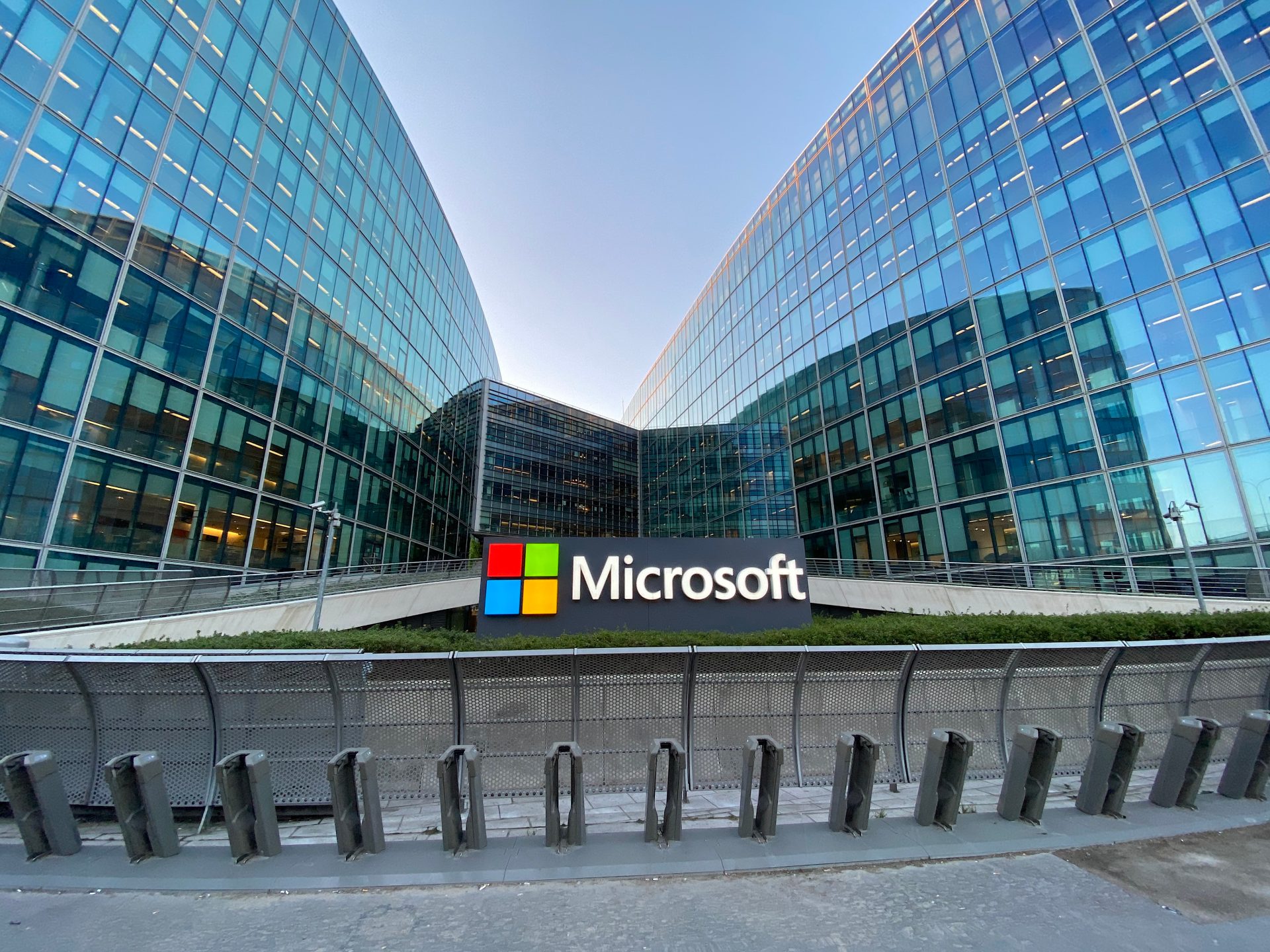On June 24, 2021, Microsoft announced the launch of Windows 11, which it called “the operating system for hybrid work and learning.” Here’s what you need to know.
When Does It Roll Out?
Microsoft recently announced that Windows 11 will start to become available as of Oct. 5, 2021. It will begin rolling out as a free upgrade to eligible Windows 10 PCs, and on new PCs that come pre-loaded with Windows 11. To check if your current Windows 10 PC is eligible for the free upgrade to Windows 11, visit Windows.com to download the PC Health Check app.
10 and 11: Coexisting

“As you make the move to Windows 11, we will continue to support you as you use Windows 10. In fact, we will release Windows 10, version 21H2 in the second half of 2021” ~ Microsoft
New Features- Snap Layouts and Snap Groups
- Separate Desktops that you can customize for personal and professional uses
- Integrated Chat from Microsoft Teams into the taskbar
- Internet Explorer; it’s being retired in June 2022
- Support for Windows 10, which ends on Oct. 24, 2025, according to Computer World
- 1 gigahertz (GHz) or faster with 2 or more cores on a compatible 64-bit processor or System on a Chip (SoC)
- 4 GB of RAM
- At least 64 GB of storage
- A display of at least 720p and larger than 9 inches diagonally
- UEFI, Secure Book capable for system firmware
- Graphic cards compatible with DirectX 12 or later with WDDM 2.0 driver
- Trusted Platform Module version 2.0






